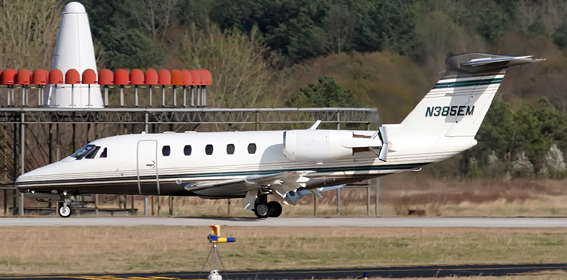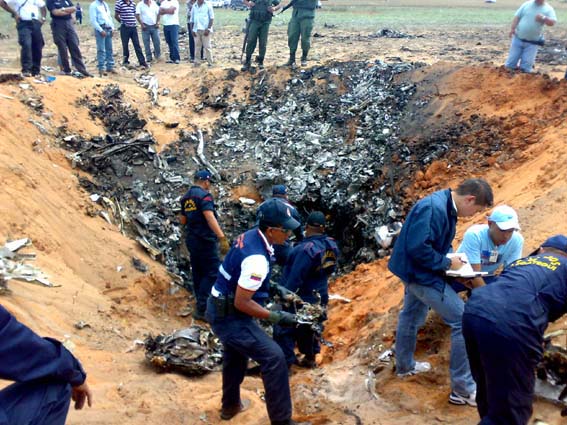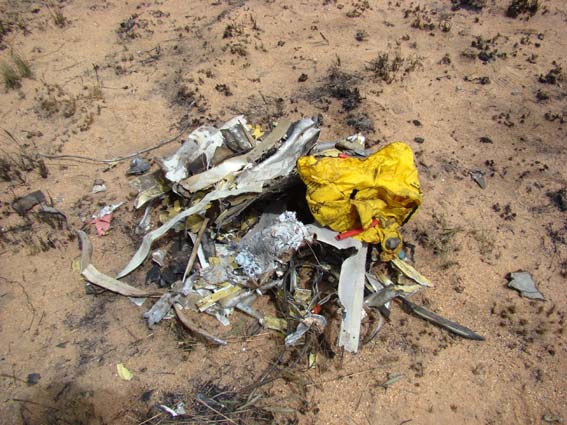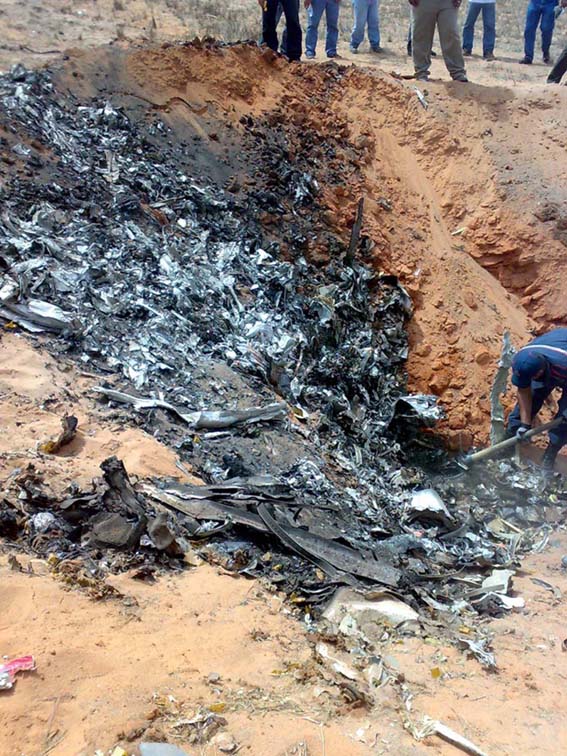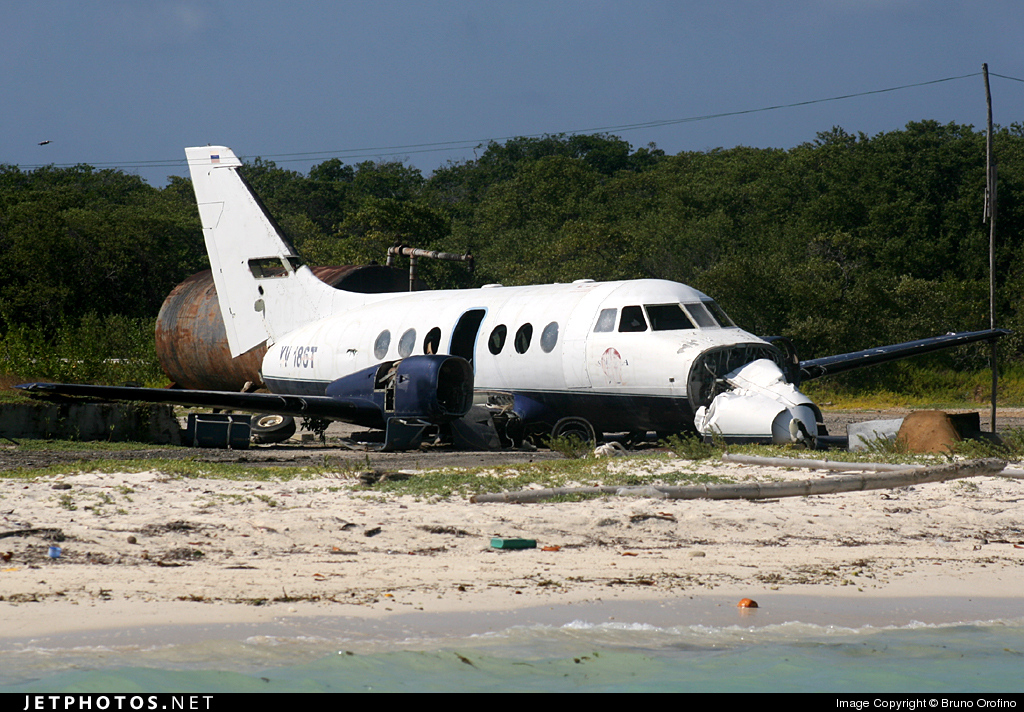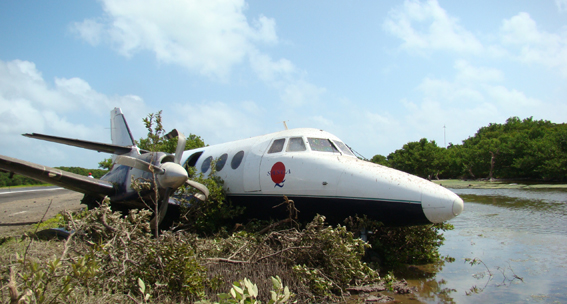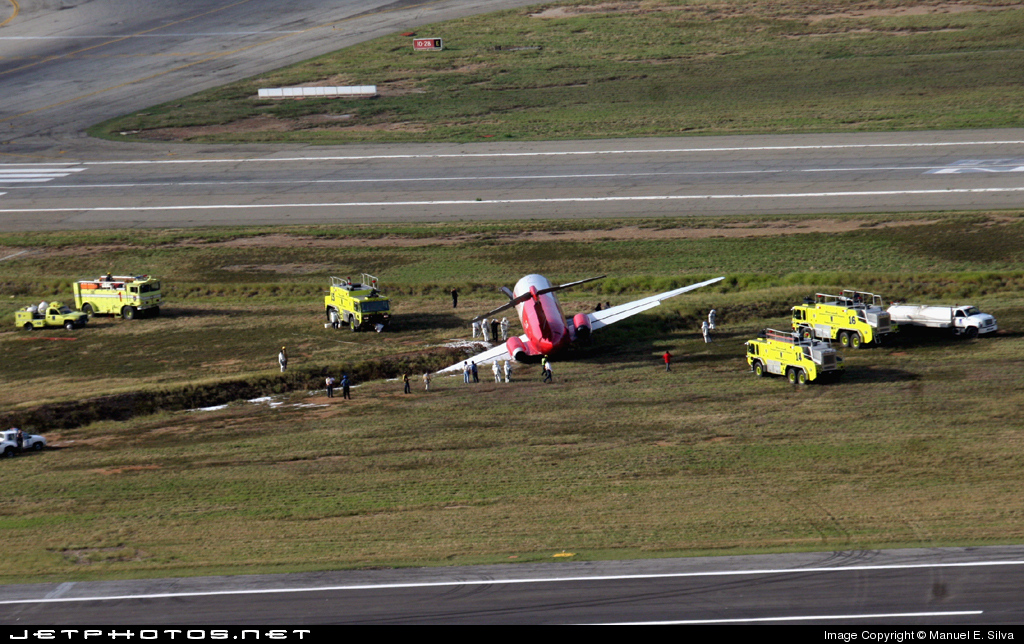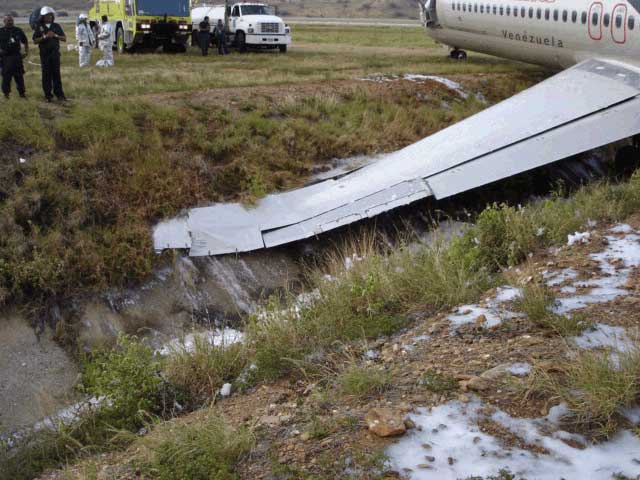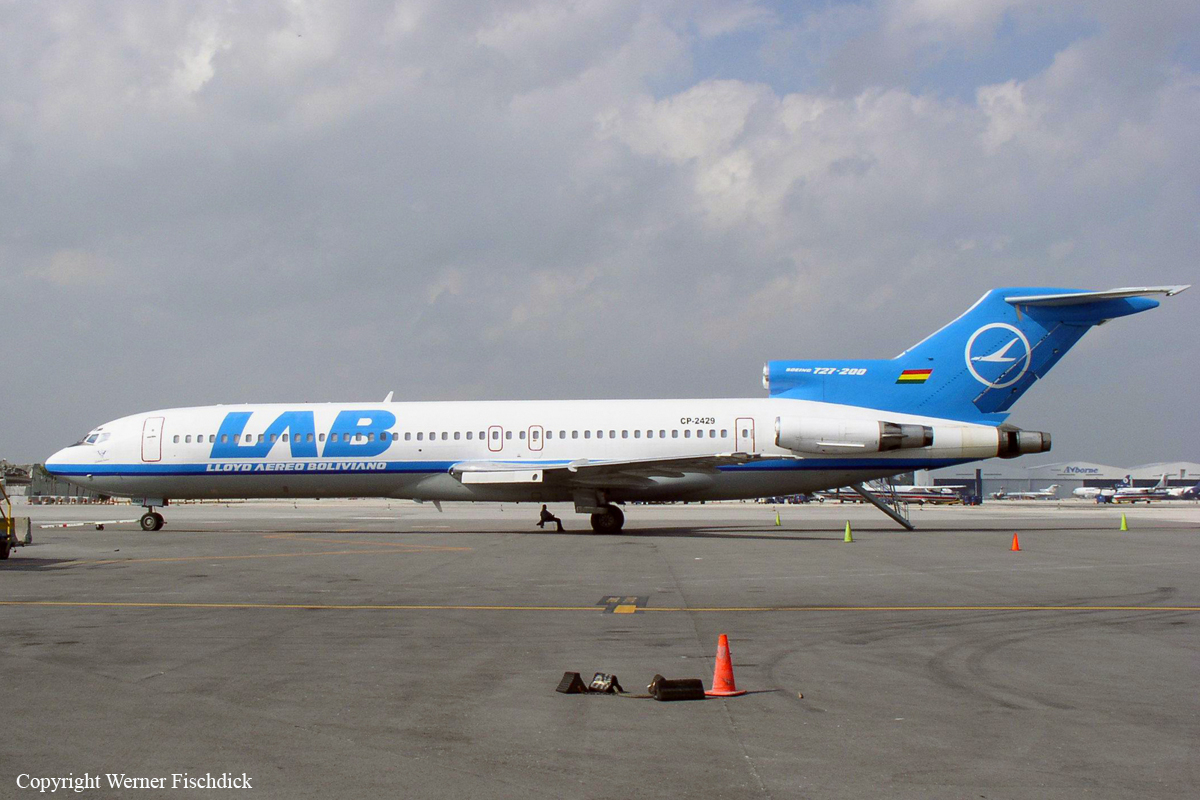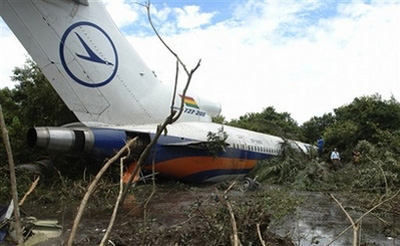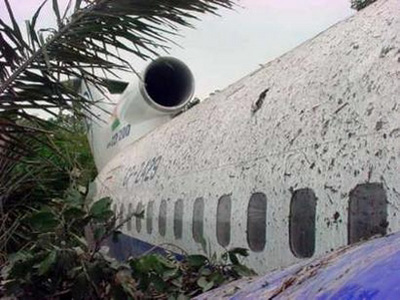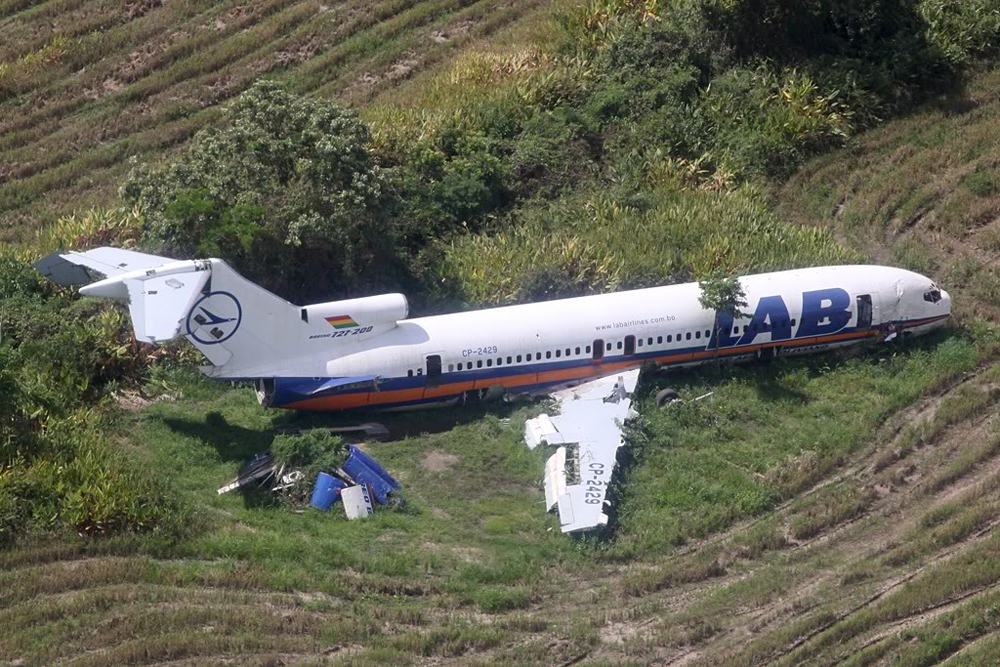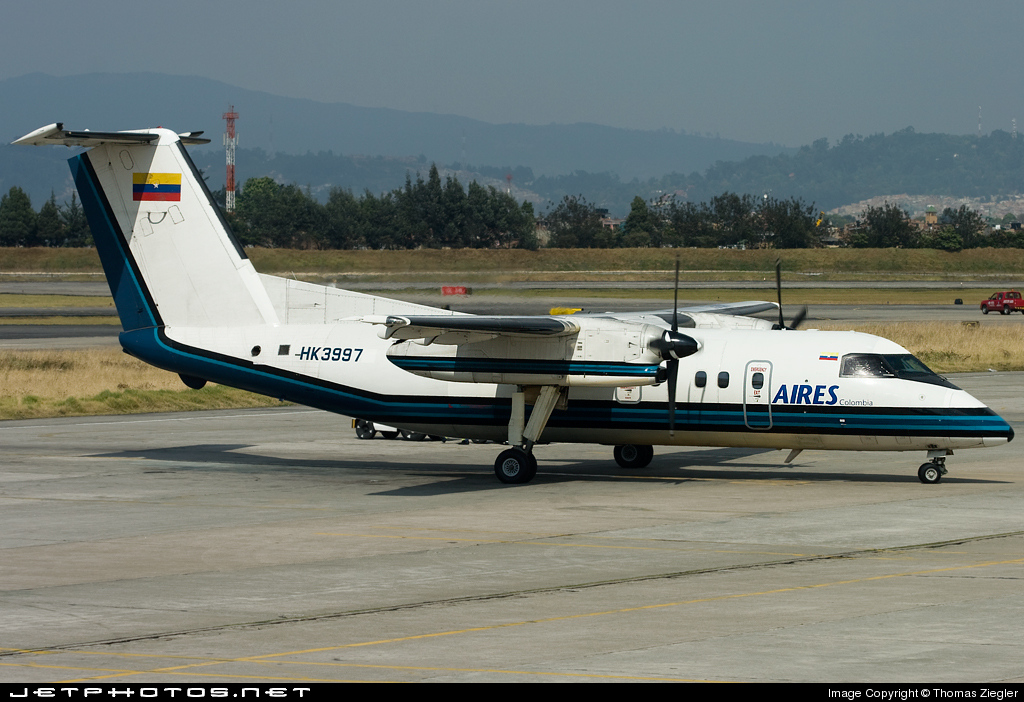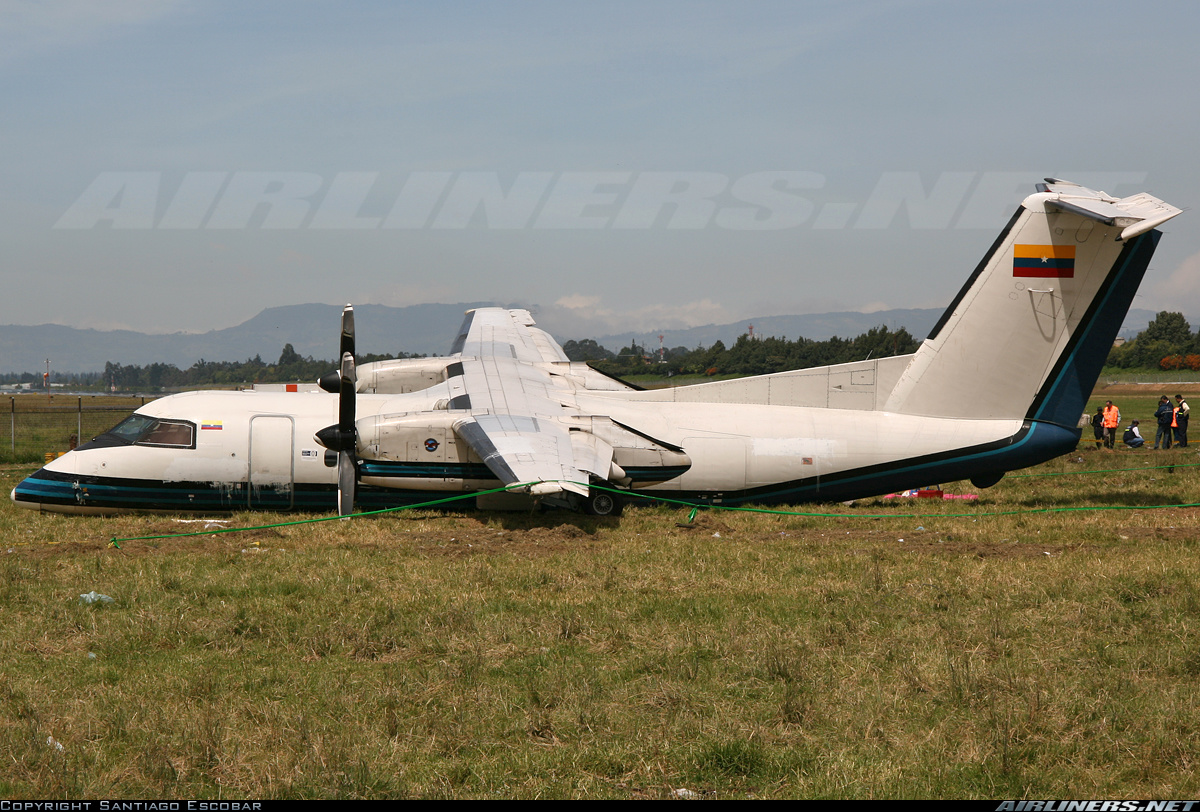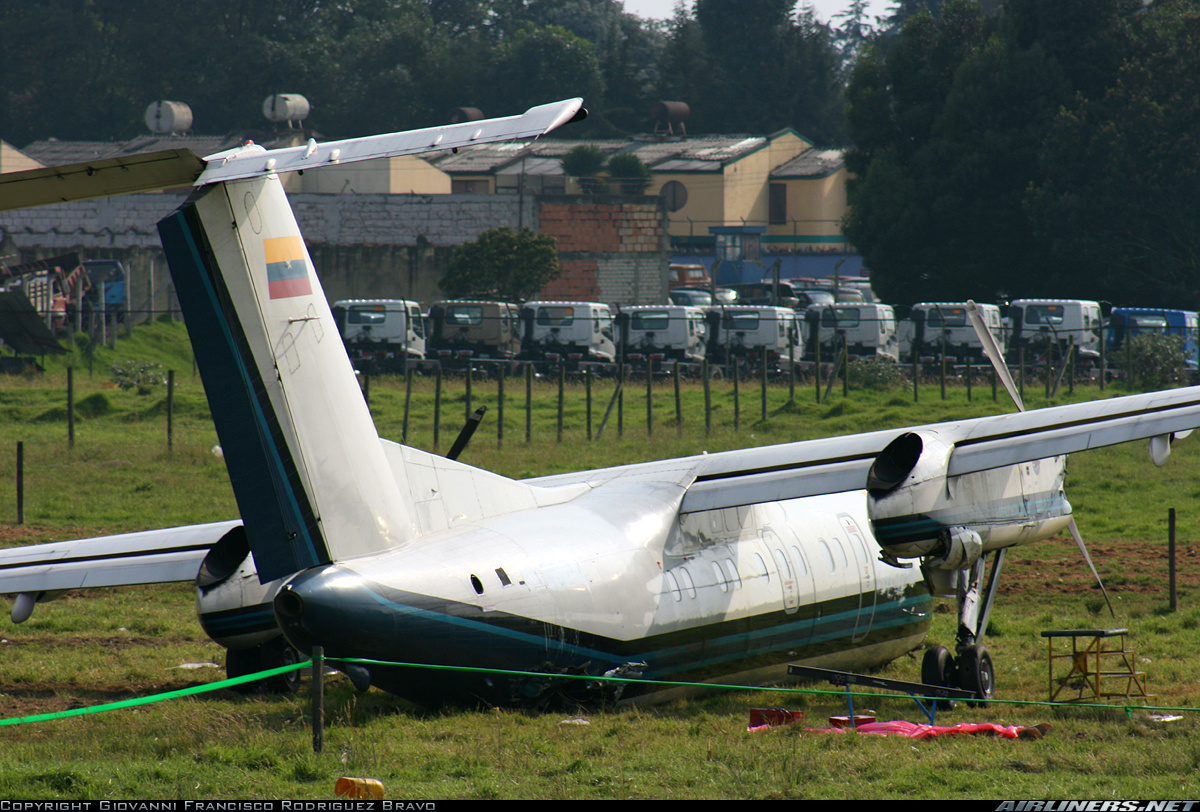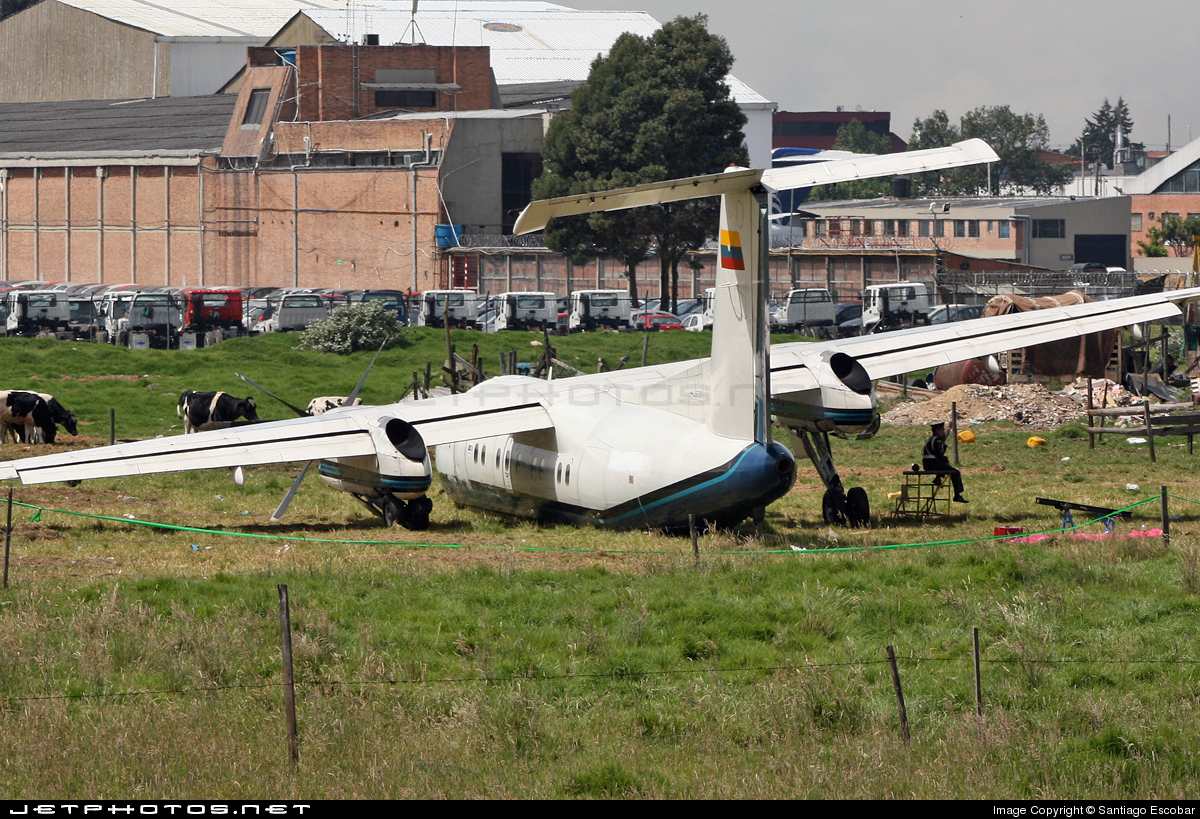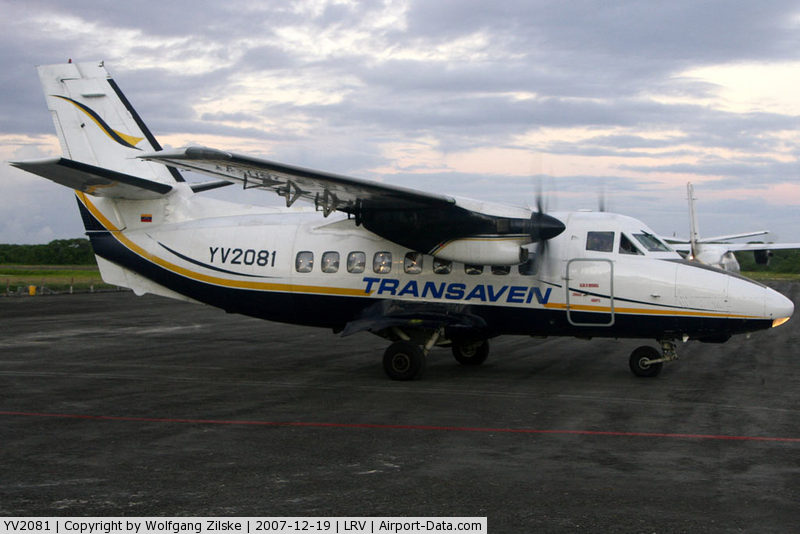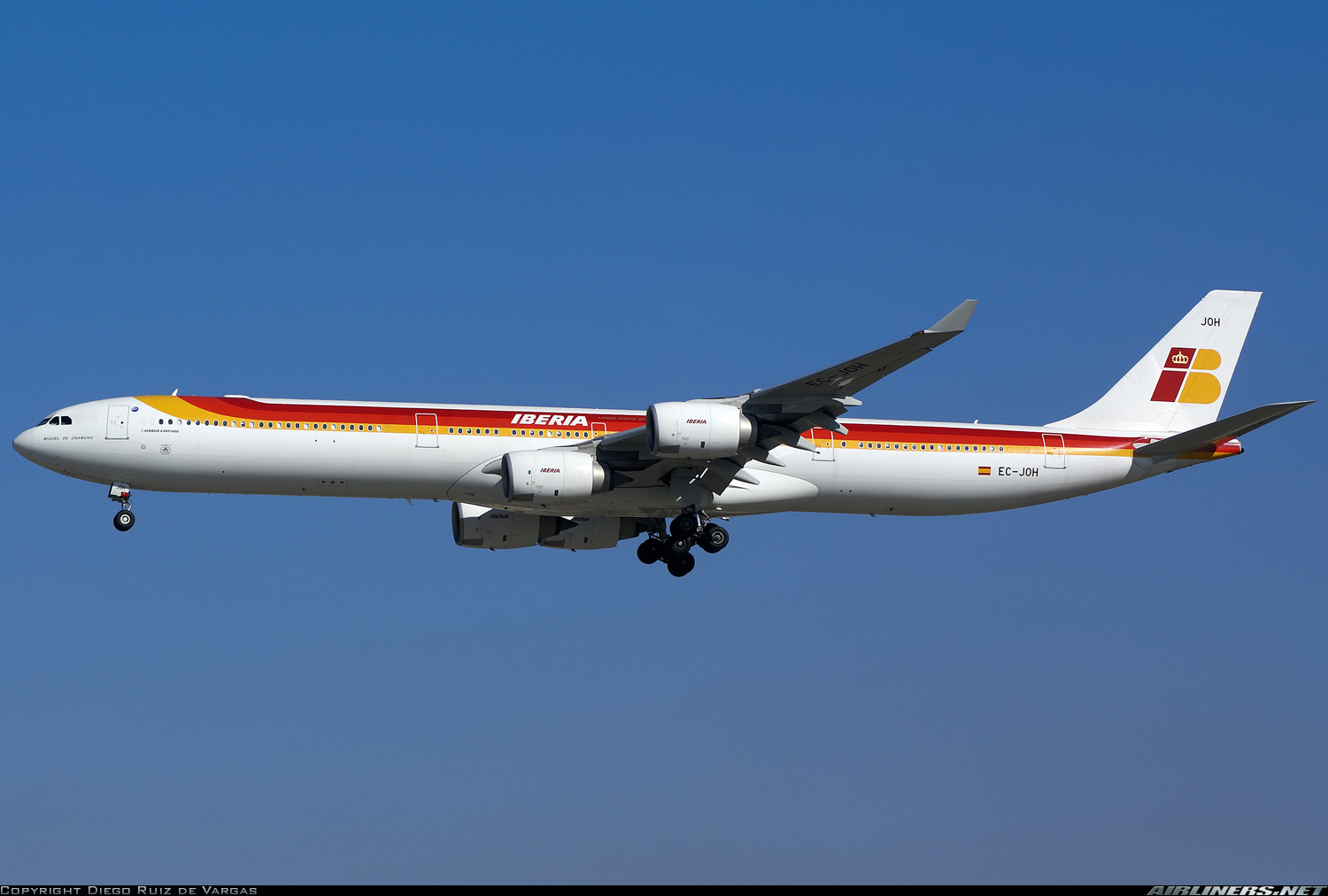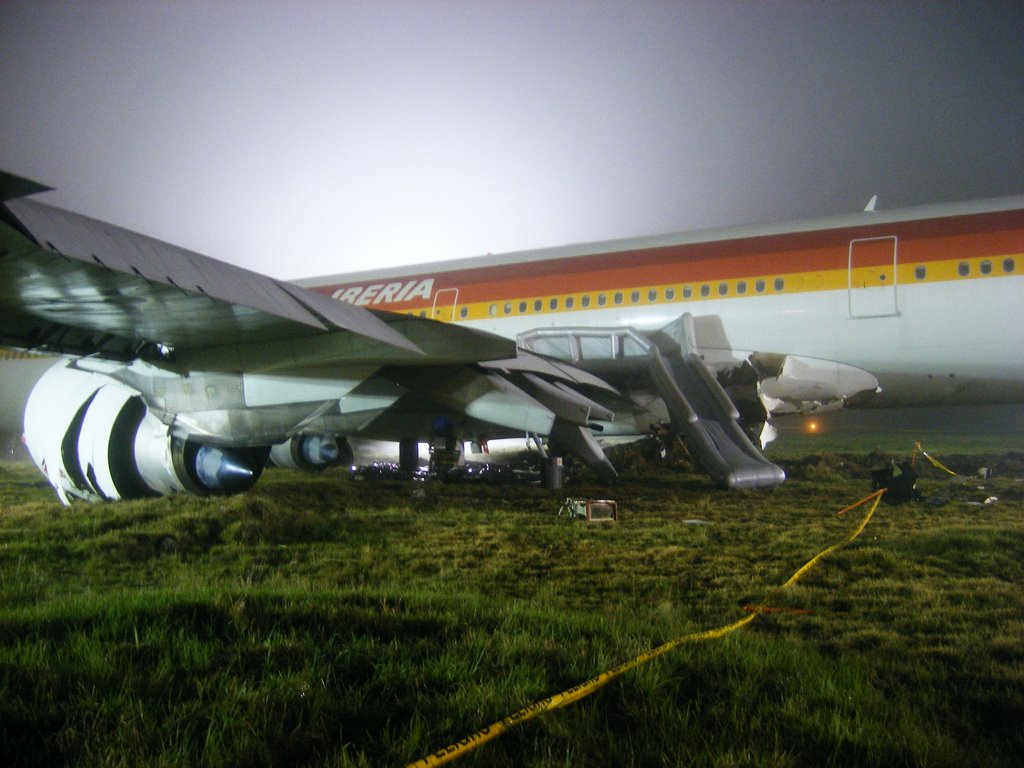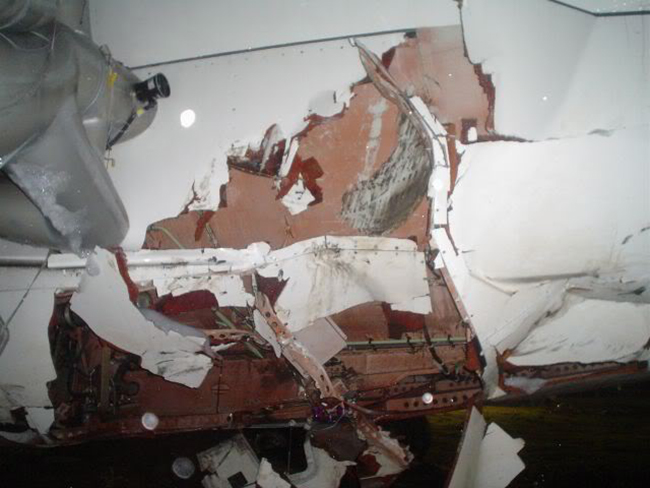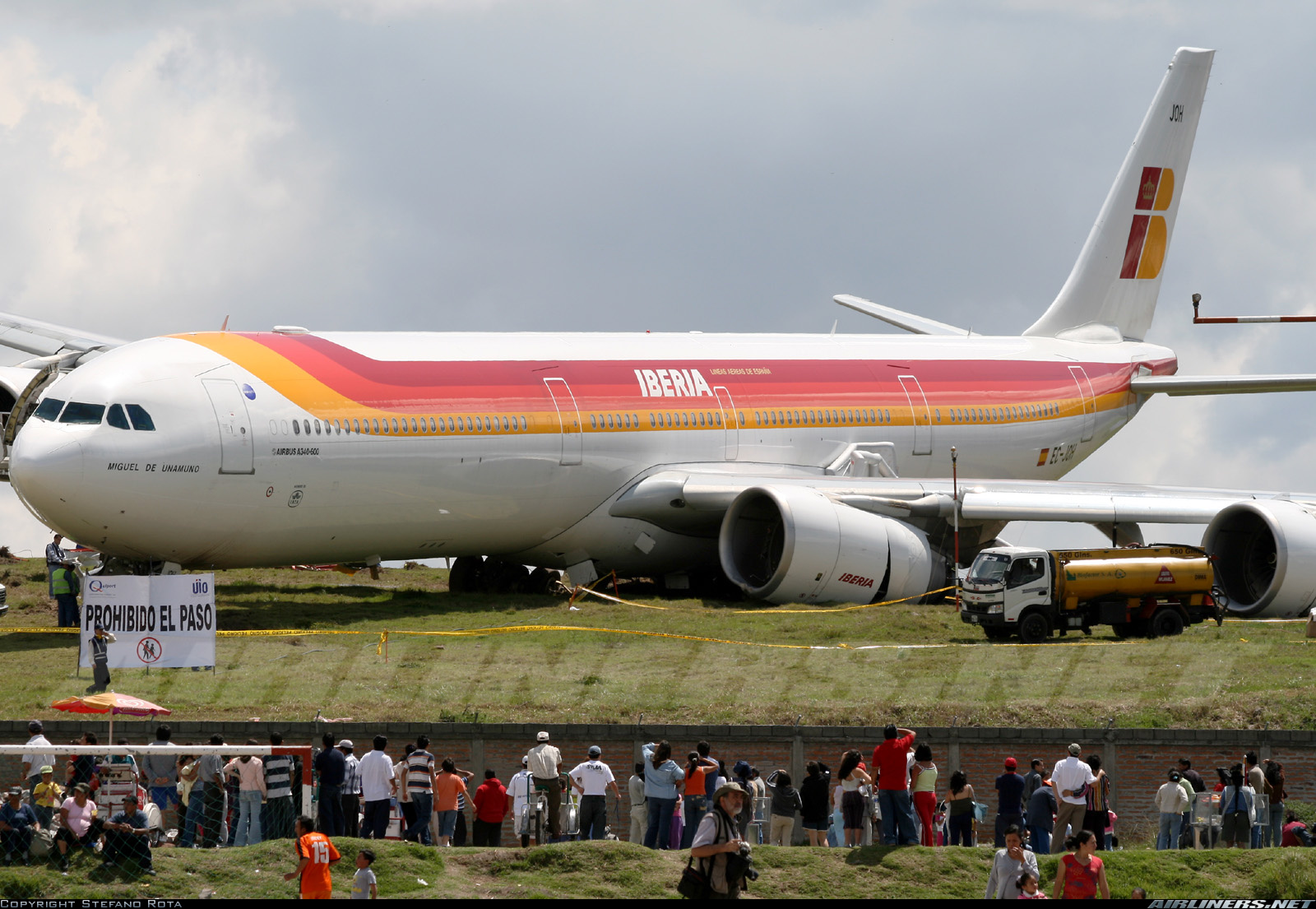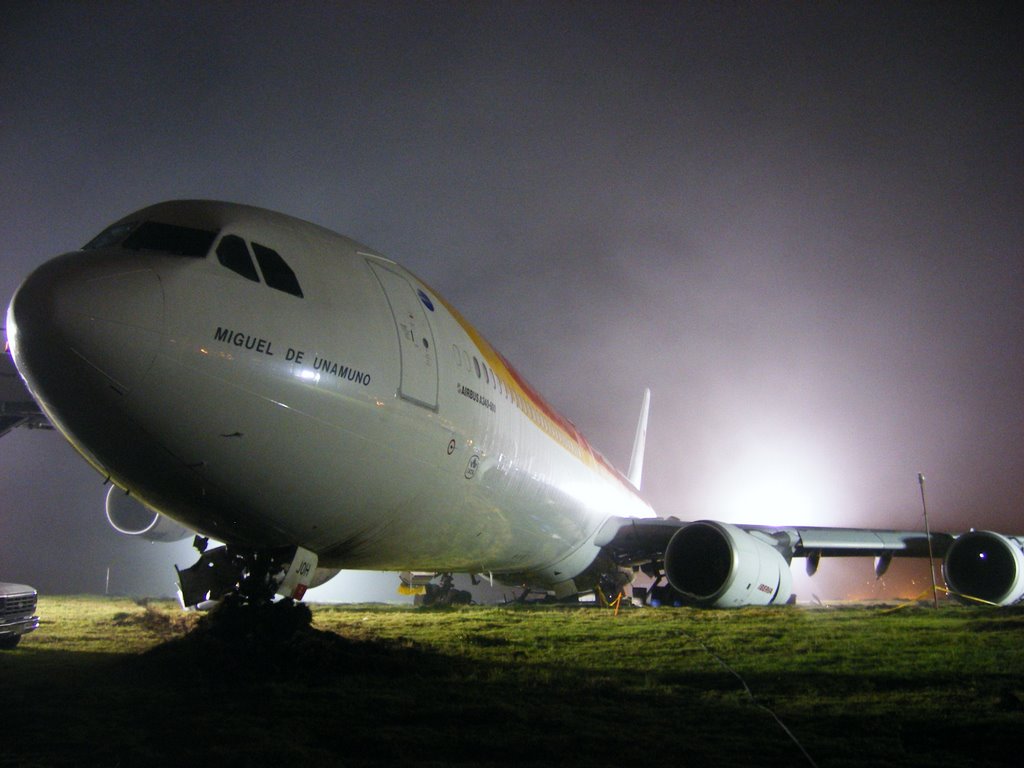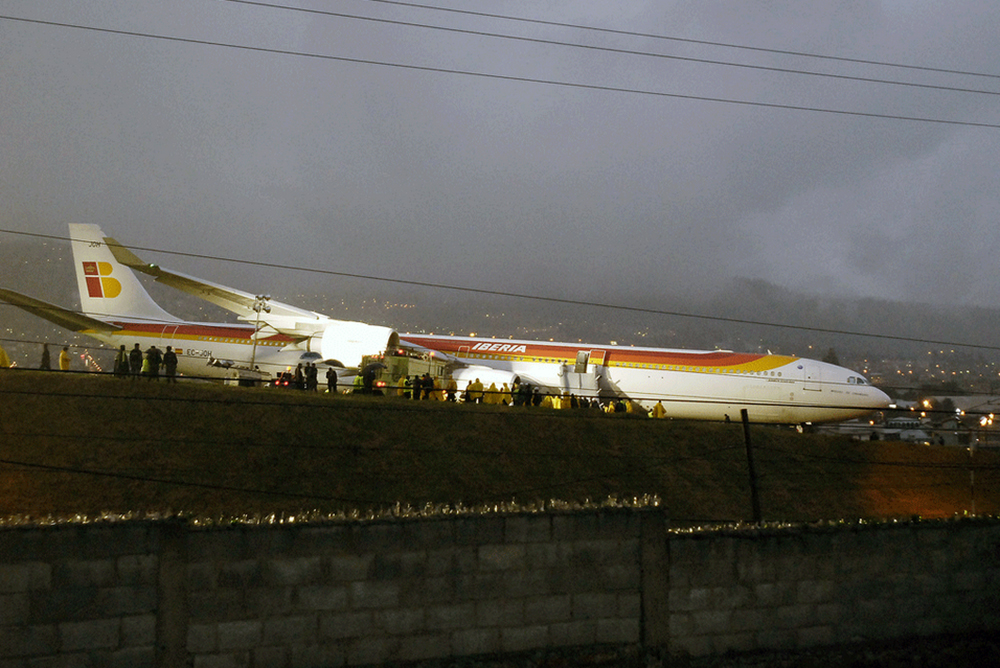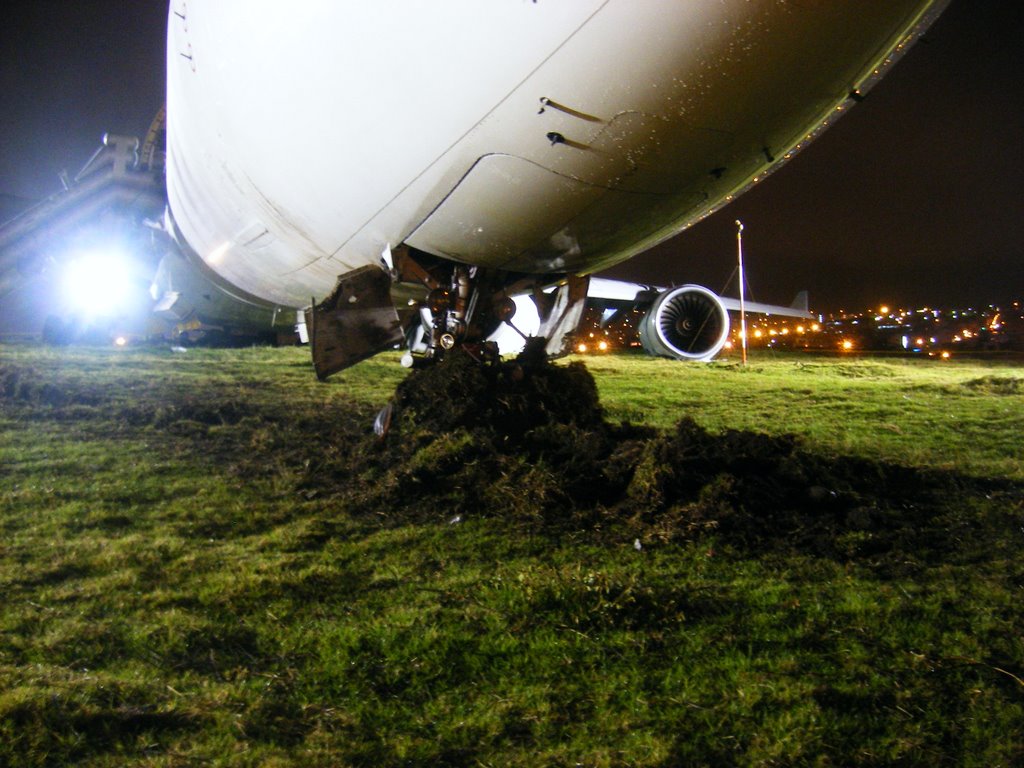Crash of a Cessna 650 Citation III in Caico Seco: 3 killed
Date & Time:
Feb 18, 2008 at 1815 LT
Registration:
N385EM
Survivors:
No
Schedule:
Valencia – Puerto Ordaz
MSN:
650-0145
YOM:
1987
Crew on board:
2
Crew fatalities:
Pax on board:
1
Pax fatalities:
Other fatalities:
Total fatalities:
3
Circumstances:
The aircraft departed Valencia-Arturo Michelana Airport on a private flight to Puerto Ordaz, carrying one passenger and two pilots. While cruising at an altitude of 30,000 feet, the aircraft entered an uncontrolled descent and crashed in a near vertical attitude. The aircraft disintegrated on impact and all three occupants were killed.
Probable cause:
The copilot probably gave his place on board to a passenger without any qualification to operate the aircraft, moments after takeoff. During the en-route flight phase, a failure of the primary pitch trim system was simulated by the activation of the secondary system, which would have resulted in an abnormal operation of the system, followed by violent loss of altitude and over speed condition.
